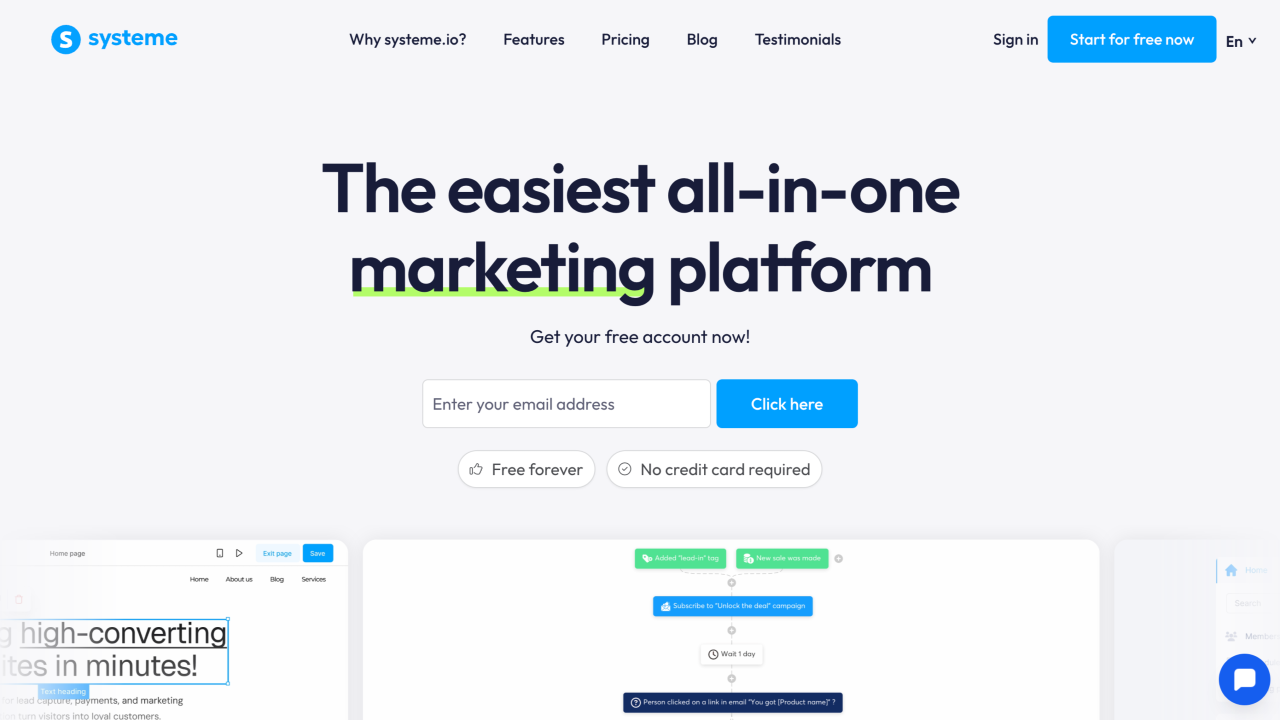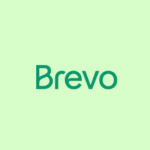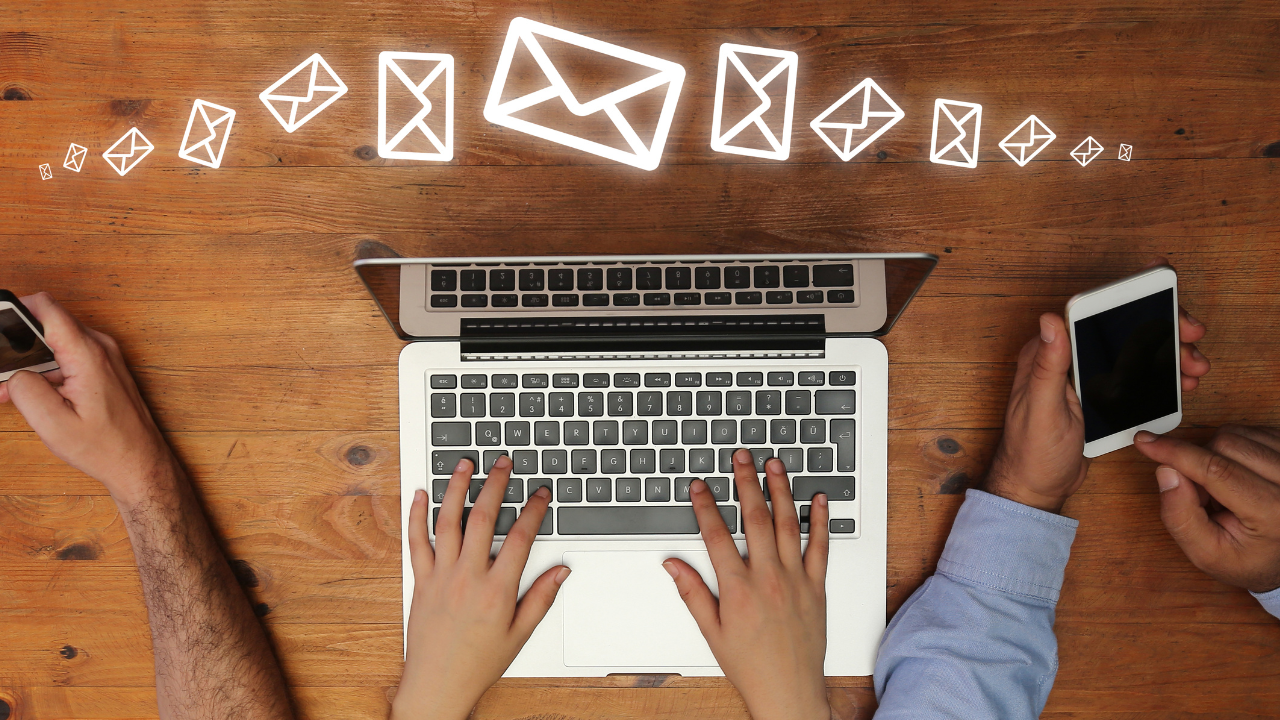For ecommerce businesses, every abandoned cart is a missed opportunity, and generic email blasts don’t always convert. Trigger-based email automation lets you respond to customer behavior in real time, sending messages that feel timely, relevant, and personal. This strategy increases engagement, recovers lost sales, and builds stronger customer relationships.
Advanced platforms like ActiveCampaign, Brevo, and Systeme.io make it easy to set up these workflows — but understanding what triggers to use, how to structure sequences, and when to intervene is essential for success.
What Are Trigger-Based Emails?
Trigger-based emails are automated messages sent when a subscriber or customer takes a specific action — or doesn’t take an action. Examples include:
-
Abandoned cart reminders
-
Post-purchase follow-ups
-
Product recommendations based on browsing behavior
-
Inactivity or re-engagement campaigns
Unlike scheduled campaigns, these emails are behavior-driven, ensuring that the right message reaches the right person at the right time.
Step 1: Identify Key Ecommerce Triggers
Before building automation, map out the moments in your customer journey where triggers will add value:
-
Abandoned Cart Trigger:
-
If a shopper adds items to their cart but doesn’t complete the purchase, automatically send a reminder.
-
Example workflow:
-
1 hour later: Friendly reminder with product image and link.
-
24 hours later: Include urgency or small discount.
-
3 days later: Highlight product reviews or complementary products.
-
-
-
Post-Purchase Trigger:
-
Thank customers, provide tracking info, and suggest related items.
-
Example: After someone buys a camera, send accessories or tutorial guides a day later.
-
-
Product Browsing Trigger:
-
Track pages or categories visitors explore.
-
Send tailored recommendations based on interest without requiring a purchase.
-
-
Re-Engagement Trigger:
-
Target inactive customers with incentives or updates.
-
Example: “We miss you! Here’s what’s new since your last visit.”
-
Actionable Tip: Start with 2–3 core triggers and expand as your data and list grow. Overcomplicating early can overwhelm both you and your system.
Step 2: Choose the Right Platform for Automation
Not all tools handle triggers the same way. Consider:
-
ActiveCampaign: Ideal for multi-step, conditional triggers and advanced tagging.
-
Brevo: Great for beginners scaling to complex sequences, supports ecommerce integration.
-
Systeme.io: Offers automation for funnels and product launches, suitable for ecommerce workflows.
Practical Tip: Make sure your platform integrates with your store (Shopify, WooCommerce, etc.) to capture real-time actions without manual updates.
Step 3: Structure Your Automation Workflows
A simple automation workflow should follow this logic:
-
Trigger: Define the action that starts the sequence (cart abandonment, purchase, inactivity).
-
Timing: Determine intervals for follow-up emails (1 hour, 24 hours, 3 days).
-
Content: Tailor the message for the segment, include personalization like first name or product purchased.
-
Goal: Each email should have a clear call-to-action — purchase, browse, or re-engage.
-
Exit or Next Step: Decide when a subscriber leaves the sequence (conversion, inactivity, or new behavior triggers another workflow).
Example: A post-purchase workflow could include a thank-you email, a product usage tip a day later, and a cross-sell recommendation three days after purchase.
Step 4: Segment Your Audience for Maximum Relevance
Even within triggers, segmentation increases performance:
-
High-value customers vs. first-time buyers
-
Browsing behavior vs. purchase history
-
Geographical location for shipping promotions
Segmentation ensures that your trigger-based emails feel personalized and relevant, not spammy. Advanced platforms allow multi-condition segments, which is crucial for complex ecommerce workflows.
Step 5: Test, Analyze, and Optimize
Automation isn’t set-and-forget. Monitor:
-
Open and click-through rates
-
Conversion from triggered emails
-
Revenue generated per sequence
Experiment with:
-
Timing of emails
-
Subject lines and messaging
-
Incentives like discounts or free shipping
Continuous testing ensures your automation adapts to customer behavior and improves ROI over time.
Trigger-based email automation can dramatically improve ecommerce revenue and customer loyalty when done right. Start simple with 1–2 sequences, then expand, segment, and optimize for advanced results. Platforms like ActiveCampaign, Brevo, and Systeme.io offer the tools to implement these strategies efficiently, helping your store recover lost sales and increase customer lifetime value.
Next Step: Explore our email marketing directory to see side-by-side comparisons of these platforms and example workflows to get started today.






